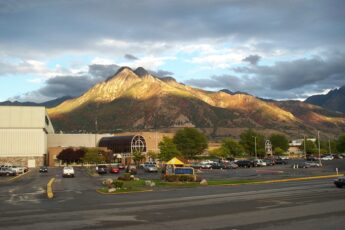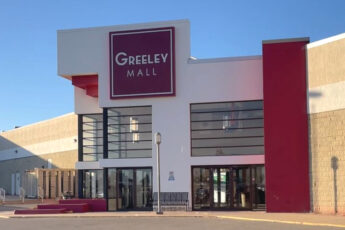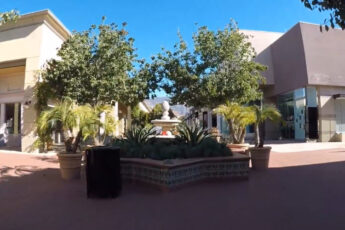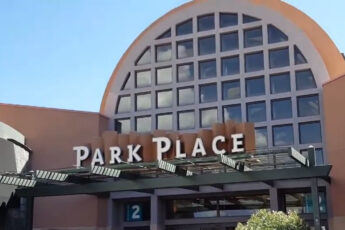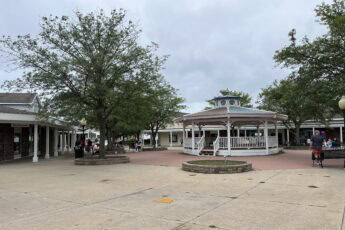Early Development and Opposition (1979-1981)
In 1979, plans emerged to construct Hunt Valley Mall (now known as Hunt Valley Towne Centre) in Cockeysville, Maryland. Myles H. Tanenbaum and Kravco Company of King of Prussia, PA, spearheaded the development.
Leonard Kagan of RTKL Associates designed the mall, with the intention of making it a major retail hub in Baltimore County.
However, residents quickly opposed the project. Concerns centered on the growing suburban sprawl and the potential environmental impact on the nearby Loch Raven Reservoir.
These concerns gained traction, creating delays and tension between developers and the community.
Despite the opposition, construction proceeded.
Baltimore County's government, under pressure, shifted its development focus to Owings Mills and White Marsh, leaving Hunt Valley Mall without official support.
Baltimore County Executive Donald Hutchinson refused to attend the opening ceremony, signaling the government's reluctance to endorse the project.
On September 17, 1981, Hunt Valley Mall opened its doors. The mall's initial layout included space for four anchor stores.
Sears and Bamberger's, which rebranded as Macy's in 1986, were the first to open.
The mall also housed smaller stores like Hair Cuttery, Chess King, and Kay Bee Toys.
Despite the challenges, the mall aimed to become a retail destination, contributing to the list of things to do north of Baltimore, MD.
Hunt Valley Mall also incorporated a unique design element: two sets of escalators and a prominent glass elevator.
These features created a more dynamic shopping environment, especially near the food court and main entrances.
The zigzag-shaped waterfalls at opposite ends of the mall added an aesthetic appeal.
Despite the mall's ambitious design, the lack of a full complement of anchor stores left some spaces unoccupied, which would later contribute to its challenges.
The mall had potential, but the absence of other major department stores like JCPenney and Hutzler's, which had been in negotiations, left a gap that hindered its growth.
Challenges and Competition (1980s-1990s)
Throughout the 1980s and 1990s, Hunt Valley Mall faced fierce competition from other shopping centers.
White Marsh Mall, which opened in 1981, quickly became a strong competitor, drawing shoppers away from Hunt Valley with its extensive range of stores and modern amenities.
The Mall in Columbia, Towson Town Center, and Owings Mills Mall also posed challenges, each offering more diverse shopping options.
The opening of the Baltimore Light Rail extension in 1997 brought a glimmer of hope.
The new station, located in the mall's parking lot, aimed to increase customer traffic by making the mall more accessible.
Despite this, the boost was short-lived.
The growing popularity of other malls and the rise of big-box retailers like Walmart and Target continued to siphon shoppers away.
By the late 1990s, many of Hunt Valley's merchants had closed their doors. The once-promising shopping center found itself overshadowed by more successful competitors.
Plans began to surface for redeveloping the property, setting the stage for a new chapter in its history.
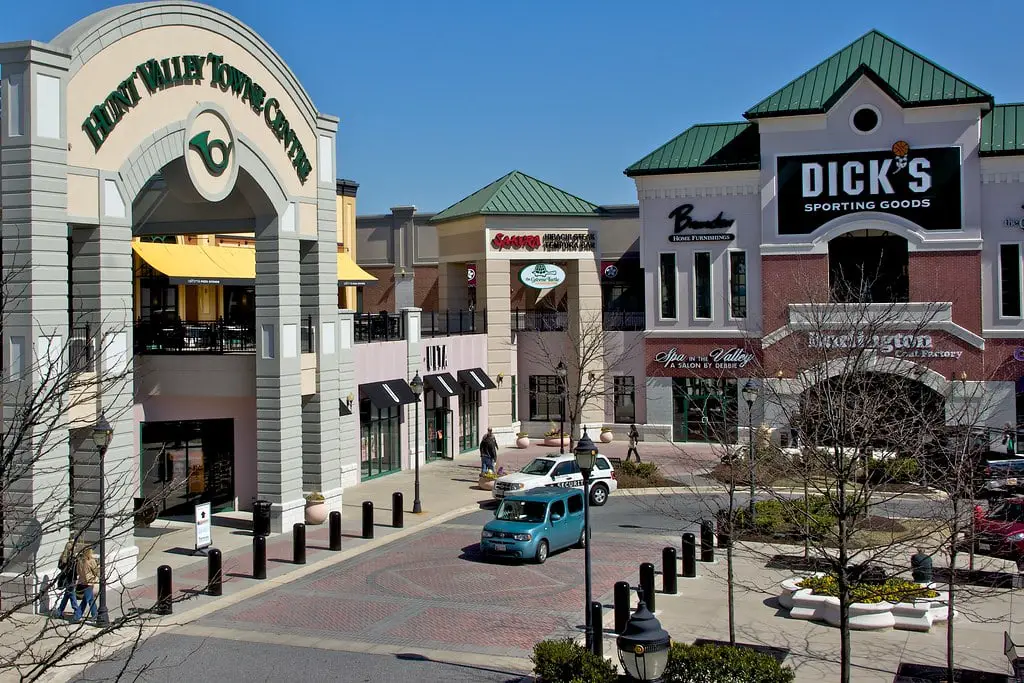
Closure and Redevelopment (2000-2003)
By 2000, Hunt Valley Mall had reached a point where continuing as a traditional mall wasn't feasible.
The decline in foot traffic and the departure of key retailers led to the decision to close the mall entirely.
Demolition of the old structures began shortly after, clearing the way for a new vision of the space.
The redevelopment plan aimed to transform the area into Hunt Valley Towne Centre, an open-air shopping destination.
This project started in 2001 with the goal of creating a more modern and appealing environment for both shoppers and businesses.
The new Towne Centre opened in 2003, featuring a layout that was vastly different from the old mall.
Wegmans, a grocery store chain known for its expansive selection and quality, became one of the anchor tenants.
The addition of retailers like Burlington Coat Factory, Dick's Sporting Goods, and Wal-Mart helped establish the Towne Centre as a major shopping hub in the area.
Smaller retailers and restaurants also found a home in the new development, which offered a mix of local and national brands.
The transition from a traditional mall to an outdoor shopping center reflected broader trends in retail, where enclosed malls were losing ground to more open and accessible designs.
Hunt Valley Towne Centre capitalized on these trends, offering a shopping experience that felt more like a community space than just a place to buy goods.
Key Developments and Changes (2003-2018)
After reopening in 2003, Hunt Valley Towne Centre continued to evolve. One major change occurred in 2007 when Wal-Mart relocated two miles south to Cockeysville.
This move left a large space vacant, which Best Buy soon filled.
However, Best Buy's tenure at the Towne Centre was relatively short-lived; it closed in 2012 as part of the company's broader downsizing efforts.
Bob's Discount Furniture took over the former Best Buy location in 2015, revitalizing that section of the Towne Centre.
Another major shift happened in 2017, when the original Sears store, which had been part of the mall since its opening in 1981, closed its doors.
The Sears space was quickly repurposed, with Michaels and HomeGoods opening on the first level in 2018.
These stores focused on home goods and crafts, aligning well with the community's needs and interests.
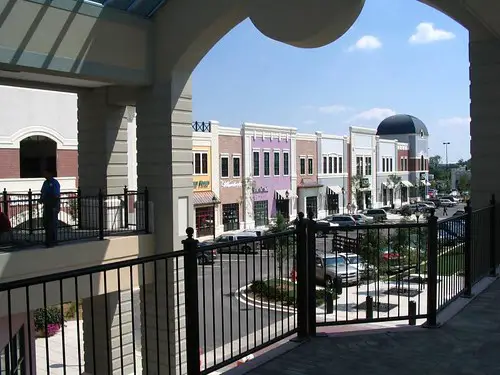
Current Tenants and Attractions
Hunt Valley Towne Centre has evolved into a vibrant destination with a mix of retail, dining, and entertainment options.
Wegmans, which has been an anchor since the center's reopening in 2003, continues to draw a steady stream of shoppers.
Its expansive selection of groceries and prepared foods makes it a go-to spot for residents.
Alongside Wegmans, HomeGoods, and Ashley Furniture, which occupy prominent positions, they offer a wide range of home goods, kitchenware, furniture, and decor.
Dick's Sporting Goods is another key tenant, catering to the area's active community with a broad selection of sporting equipment and clothing.
These anchors set the tone for the diverse array of stores that fill the Towne Centre.
In addition to retail, Hunt Valley Towne Centre offers a variety of dining options.
Chains like California Pizza Kitchen and Panera Bread provide familiar fare, while local eateries add a touch of variety.
The Regal Hunt Valley movie theater adds another layer of entertainment, making the Towne Centre a comprehensive destination for shopping and leisure.
Hunt Valley Towne Centre: Future Prospects and Expansion
In recent years, the Hunt Valley Towne Centre has successfully attracted new tenants like Ashley HomeStore, which opened in the former Sears space in December 2020.
OneLife Fitness, a 55,000-square-foot gym, also took over part of the Sears building in February 2021.
Plans are in motion to expand the site further, with a 310-unit apartment building being built on one of the parking lots near the former Sears building.
This project represents a shift toward mixed-use development, where residential spaces integrate with commercial areas to create a more dynamic and sustainable environment.
One of the most significant highlights of 2024 has been the return of the Summer Concert Series.
Starting in mid-June and running through mid-August, the series featured live music every Friday evening.
This beloved tradition, held from 7:30 pm to 9:00 pm, drew large crowds who enjoyed performances by local bands in a relaxed, outdoor setting.
The concerts provided an opportunity for the community to come together, with attendees bringing their lawn chairs to enjoy the summer evenings.

